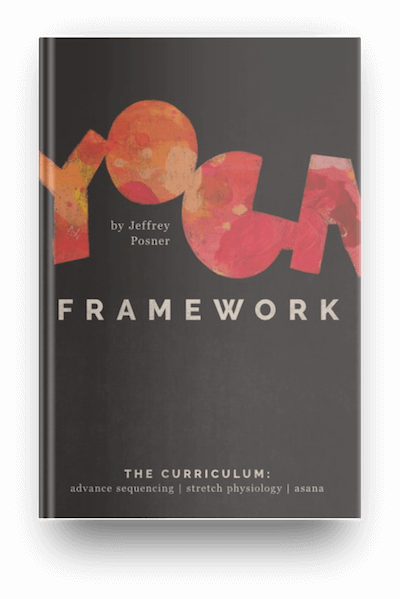Breathing techniques for anxiety have steadily gained popularity as effective methods for managing stress and enhancing mental well-being. From ancient practices to modern adaptations, these techniques draw upon our intrinsic ability to regulate physiological responses through something as simple as breathing. In this article, we will explore the pros and cons of applying breathing techniques to combat anxiety, while also delving into some of the most popular methods like 4-7-8 breathing and cyclic sighing.
The Science Behind Breathing Techniques for Anxiety
Understanding why breathing techniques for anxiety are effective requires a look at their impact on the nervous system. By engaging the parasympathetic nervous system, specifically through slow and deep breathing, we activate the body’s relaxation response. This counteracts the “fight or flight” mechanism triggered often by stress and anxiety. Studies have shown increased heart rate variability (HRV) and decreased physiological stress markers as a result of these practices.
One technique, cyclic sighing, emphasizes slow exhalation. It has demonstrated significant potential in reducing anxiety and improving mood by generally slowing down the breathing rate throughout the day. Moreover, research highlights a shift in brain wave activity, with increased alpha waves (indicative of relaxation) and decreased theta waves (associated with drowsiness) contributing to better emotional control (How Breath-Control Can Change Your Life: A Systematic Review).
Pros of Using Breathing Techniques for Anxiety
There are numerous benefits of embracing breathing techniques for anxiety. Firstly, they are non-invasive and drug-free, making them accessible to anyone willing to learn and practice them. Breathing exercises can be done anywhere, at any time, providing immediate relief in moments of high stress. Additionally, these techniques usually require minimal training and can even surpass mindfulness meditation in enhancing positive affects (Benefits from One Session of Deep and Slow Breathing on Vagal Tone).
Another significant advantage is their low cost. Many resources are freely available online, including guides for 4-7-8 breathing and detailed tutorials on cyclic sighing. These exercises do not necessitate any special equipment, making them practical for everyday use.
The Challenges and Cons of Breathing Techniques for Anxiety
Despite their benefits, breathing techniques for anxiety are not without limitations. Some individuals may find these exercises less effective due to personal physiological or psychological differences. For example, deep breathing may worsen anxiety in some people by increasing focus on physical sensations or feelings that are uncomfortable. Additionally, improperly learning or practicing these techniques can lead to unintended negative effects.
The need for personalization in breathing techniques cannot be overstated. With varying methods available, the effectiveness can vary significantly from one person to another. It is crucial to find the technique that works best for the individual, possibly even requiring consultation with health professionals.
Choosing the Right Breathing Technique for Anxiety
In deciding which breathing technique might be best for anxiety, popular options include the 4-7-8 method and cyclic sighing. The 4-7-8 technique involves inhaling through the nose for four counts, holding the breath for seven counts, and exhaling through the mouth for eight counts. This method is highly praised for its simplicity and effectiveness in inducing relaxation.
Cyclic sighing stands out by encouraging slow exhalation, which emphasizes relaxation throughout the day. According to research, this technique is excellent for reducing daily anxiety levels (Cyclic Sighing Can Help Breathe Away Anxiety).
Practical Tips for Implementing Breathing Techniques
Introducing breathing techniques into daily life can be as simple as setting aside a few minutes each day for practice. Starting with a guided routine available through applications or online videos can help in establishing proper technique and consistency. Moreover, incorporating these exercises into a broader wellness routine, including other relaxation methods like essential oils, can enhance overall stress management.
The key to success is patience and persistence, as not all techniques deliver immediate results. Regular practice can bring about significant improvements in one’s ability to relax and manage anxiety symptoms.
Conclusion
Breathing techniques for anxiety offer a natural, accessible, and cost-effective approach to managing stress and anxiety. While there are undeniable benefits, such as their ease of use and potential for immediate impact, it’s important to consider personal suitability and seek personalized guidance when necessary. With methods like 4-7-8 breathing and cyclic sighing, individuals can find powerful tools for enhancing their mental well-being. By integrating these techniques into a daily wellness routine, the positive effects on anxiety management are well within reach.

